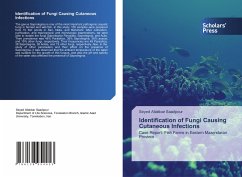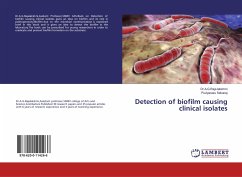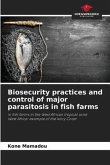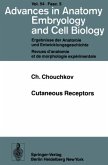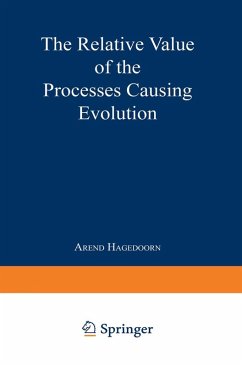The genus Saprolegnia is one of the most important pathogenic aquatic fungi in farmed and wild fish. In this study, 100 samples were prepared from 10 fish ponds in Sari, Neka, and Behshahr. After cultivation, purification, and macroscopic and microscopic examinations, we were able to isolate the fungi Saprolegnia Parasitka, Saprolegnia, and Aclia. Their prevalence was 48% Parasitica, 38% Saprolegnia, 36% acacia, and 15% other fungi, respectively. Their frequencies are 48 Parasitica, 38 Saprolegnia, 36 Aclias, and 15 other fungi, respectively. Also, in the study of other parameters and their effect on the presence of Saprolegnia, it was observed that the ambient temperature of the water was suitable for the growth of this fungus, and also the pH and salinity of the water also affected the presence of Saprolegnia.
Hinweis: Dieser Artikel kann nur an eine deutsche Lieferadresse ausgeliefert werden.
Hinweis: Dieser Artikel kann nur an eine deutsche Lieferadresse ausgeliefert werden.

